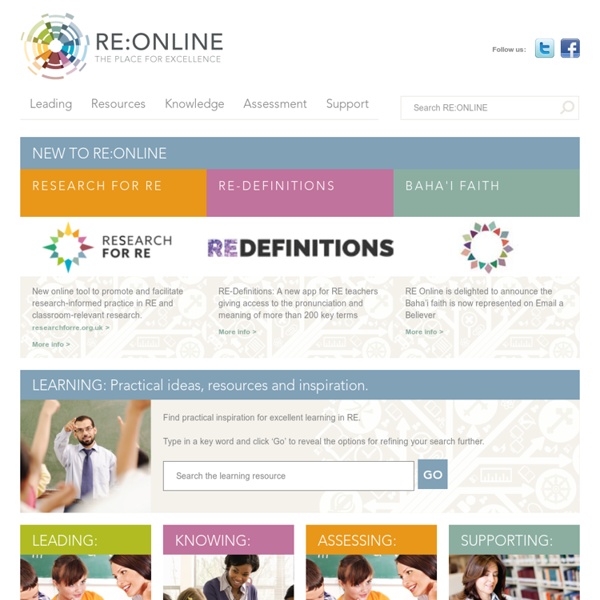



Religious Studies The Christmas Story of the Nativity We have produced this illustrated Christmas story of the Birth of Jesus suitable for 6 - 11 year olds. Simple to navigate. Jesus - The Story A site which examines the life, character, teachings and followers of Jesus Christ. BBC Learning Zone Class Clips The Learning Zone provides short videos which have been selected to match the curriculum for use in primary and secondary schools. Christmas Games Check out our favourite selection of Christmas games and interactive Advent Calendars. Christmas How much do you know about Christmas? Christmas Activities Try our selection of Christmas puzzles and colouring pictures. Advent Find out the facts about Advent, when it is on the Christian Calendar and how it is celebrated in the Christian Church. How to Make a Christingle Follow our step-by-step instructions on how to make a Christingle. The Meaning of Christingle Discover the origins of Christingles, the symbolism behind them and how to make your own Christingle.
Holidays and Notable Special Days in Great Britain UK 2009 - 2011 I have created several calendars for different events, special days, national holidays, festivals and celebrations which take place in the UK. (SEE HERE) A few comments from visitors: "I am and American citizen and astounded by your wonderful website! "I was searching the web yesterday for a website that would give me a calendar of significant days and weeks throughout the year. "EXCELLENT information of the customs and traditions of Great Britain........some of which are in danger of being lost or forgotten forever. "As a childminder I like to celebrate festivals and awareness days with the little ones. "Information about awareness days and special dates to help me plan my youth work programme." "I am British but now living in the US. "Thank you for all the information i have found relating to feasts and festivals as a teacher it has given me an insite to the history i needed to teach to primary children" Julie, Northampton England "This is a fantastic website.